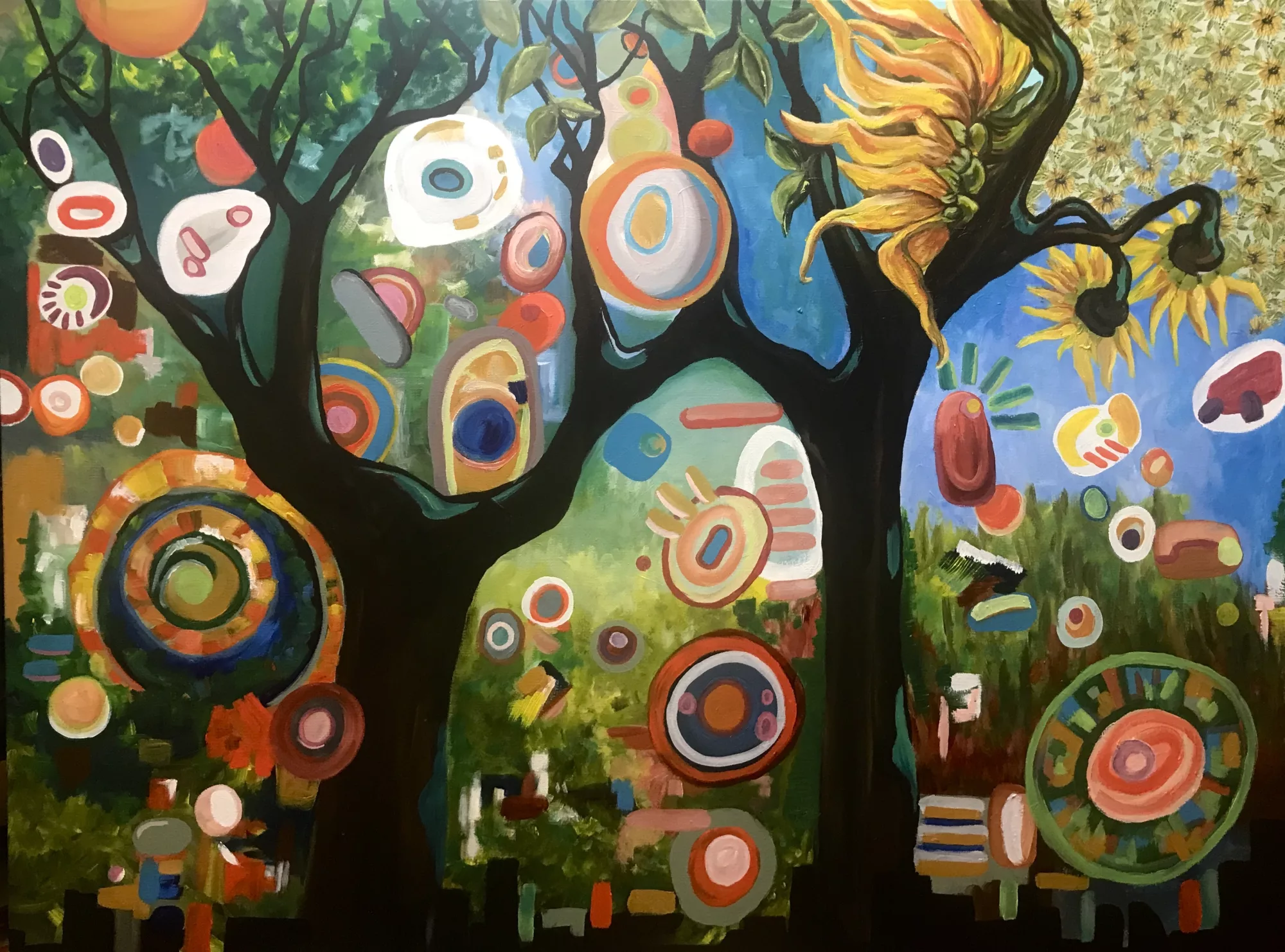When it comes to creating art, one of the most challenging aspects for me as an artist is deciding on a title for a piece of work. I have often found myself contemplating the significance of having a title and how it can shape the viewer’s interpretation and experience of the artwork.
Many people argue that titles provide valuable context and help them understand the artist’s intention behind the piece. By giving a specific title, the artist can guide the viewer’s interpretation, emphasizing certain aspects or directing them towards a specific theme or concept. However, I also believe that by titling art, we risk imposing our own biases and limiting the viewer’s personal connection and emotional response to the artwork.

This dilemma becomes particularly pronounced when working with abstract or surreal art. These genres thrive on ambiguity and open-ended interpretations. By giving a title that explicitly defines the artwork, we run the risk of interfering with the viewer’s own imaginative and emotional engagement with the piece. I often find myself leaning towards wanting to allow the audience freedom to explore and interpret the artwork on their own terms. Of course, there are instances where artists consciously choose to guide the viewer’s interaction through a well-thought-out title. They might use words that hint at symbolism, evoke certain emotions, or provide a conceptual framework for the artwork.

In conclusion, the decision to title or not to title artwork remains a complex and thought-provoking aspect of the creative process. It is ultimately up to the artist to decide how much influence they want to exert over the viewer’s experience. Whether to provide explicit guidance or embrace open interpretation is a personal choice that can greatly impact the way art is perceived and understood.

Titles have never given a just idea of things; were it otherwise, the work would be superfluous.
(Gustave Courbet)
